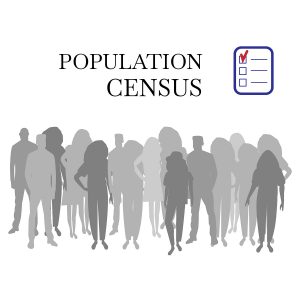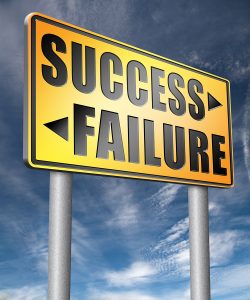Citizen Experience (CX) has been an important focus for many government agencies, as well as a key tenant of the President's Management Agenda. Now with considerably more people depending on government support for everything from general public health information to loans to keep small businesses running to unemployment benefits, CX is more important than ever.
While government still scores poorly on customer satisfaction surveys when compared with commercial organizations, there have been a number of bright success stories in the federal market. Looking at what has worked, there are several themes that every agency should keep in mind when designing customer experience improvements.






 Implementations and pilots of blockchain
Implementations and pilots of blockchain 
